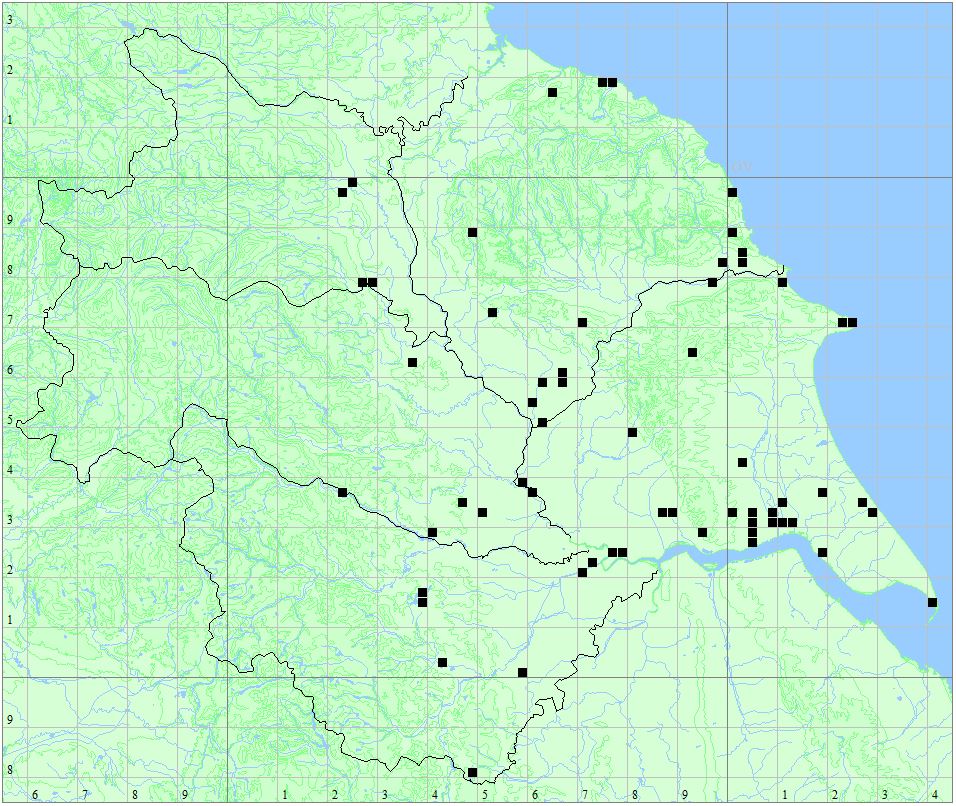<-Previous Species – Next Species->
Length
29mm; Wingspan: Male 38mm; Female 38mm; Hindwing 16-20mm
Male
Similar to Red-eyed Damselfly though distinctly smaller, more likely to be overlooked as Blue-tailed Damselfly. Lacks spots behind the eyes which are reddish-brown. Pale brown pterostigma. Black top to thorax with thin, broken antehumeral stripes. Thorax side is blue with a ‘Spur’ often ending in a spot. Underside of legs are pale. Abdomen dark on top except for S1, S9- S10 and sides of S2-S3 and S8 which are blue. S10 has a black mark, rather like an X, on the top. Wing tips just reach past the join of segment 6 and 7, Red-eyed Damselflies reach into segment 8. Often holds it’s abdomen slightly upcurved, Red-eyed Damselflies hold their abdomen level.
Female
Lack spots behind the eyes. Pale brown pterostigma. Black top to thorax with complete antehumeral stripes. Thorax side is blue-green. Abdomen is predominantly black with a wedge of colour on S10.
Behaviour
During the day males appear constantly active, patrolling well away from the margin in search of females. Once copulation has taken place, they oviposit in tandem into stems and leaves of floating vegetation. They can often submerge for long periods of time. Larvae live among submerged water plants and emerge after one year on to floating vegetation.
Habitat
Ponds, lakes and ditches with plenty of floating vegetation such as Hornwort Ceratophyllum, Water-milfoil Myriophyllum and Waterweed Elodea. Also uses rafts of floating algae. Generally found in sheltered positions, with nearby trees and shrubs for roosting. Will tolerate brackish conditions.


